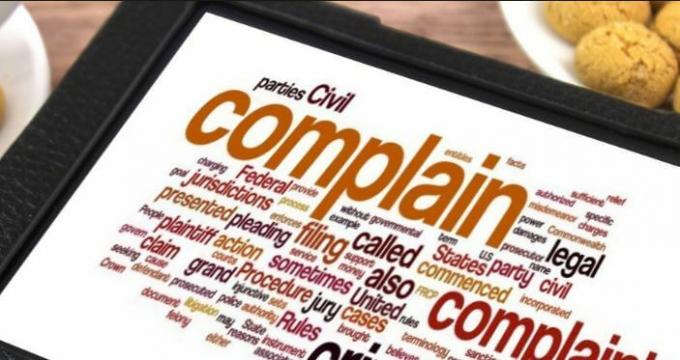Are you looking for the perfect candidate for your company? Discover in this article how to define the ideal profile through a detailed analysis of needs, technical and soft skills, and cultural compatibility. Learn how to involve your team in the process and use assessment tools to ensure hiring success.
Are you looking for talent for your company, but don't know where to start? define the candidate profile ideal is essential to succeed in the selection process. In this article, we'll guide you through the steps you need to follow to establish the candidate profile that best suits your organization's needs.

Advertisements
In this article you will find:
1. Define the needs of your company
Before you start looking for candidates, you must be clear about the needs of your company. Evaluate open positions and analyze areas where reinforcement is required. Identifies the objectives and goals of the organization, as well as the skills and competencies that are necessary to achieve them.
2. Analyze the job
Break down the job title into specific tasks and responsibilities. This will allow you to identify the necessary skills and knowledge to play the role properly. In addition, consider aspects such as the hours, the type of contract, the salary range and the possible opportunities for growth within the company.
Advertisements
3. Establish the minimum and desirable requirements
Once you have analyzed the job position, determine the minimum requirements that the candidate must meet. These include the educational background, work experience, technical skills and languages. Also, establish the desirable requirements, such as additional skills, specific knowledge and skills that, although not essential, would be advantageous for the position.
4. Define soft skills and competencies
In addition to technical knowledge, it is essential to consider the soft skills or personal competencies that the candidate must possess. Some of these abilities may include the ability to teamwork, communication skills, adaptability, creativity, leadership and ability to solve problems. These competencies are crucial, since they can determine the success of the candidate in the company and their adaptation to the work team.
Advertisements
5. Develop a detailed profile description
With all the information collected, write a detailed profile description of the ideal candidate. It includes the minimum and desirable requirements, soft skills and competencies, as well as the responsibilities and expectations of the position. This description will serve as a guide throughout the selection process and will help you filter out candidates who do not meet the established criteria.
6. Value cultural compatibility
The organizational culture It is a fundamental aspect that should not be overlooked. A candidate who shares the company's values, beliefs and attitudes has a greater chance of success and job satisfaction. During the selection process, assess the cultural compatibility of the candidates through interviews and questionnaires that address aspects such as work ethic, motivation and expectations professionals.
Advertisements
7. Use assessment tools
To facilitate the selection process, consider using assessment tools that help you objectively measure the skills and competencies of candidates. These tools may include psychometric tests, structured interview techniques, simulation exercises, and group dynamics. By using these instruments, you will be able to obtain a more complete vision of the abilities of the candidates and make informed decisions.
8. Involve leaders and teammates
Include the leaders and teammates in the selection process it can be of great help to define the profile of the ideal candidate. They can provide valuable information about the skills and characteristics they consider essential to perform successfully in the position. In addition, their participation in the interview and evaluation process will allow you to obtain a broader and more consensual perspective on the candidates.
Advertisements
9. Establish clear evaluation criteria
Before beginning interviews and evaluations, establish clear and objective criteria that allow you to compare candidates against each other. These criteria may include things like educational background, work experience, technical skills, and personal competencies. Use a scale or scoring system that makes it easier for you to compare and make decisions.
10. Review and adjust the profile as needed
Once you have gone through the selection process, you may find that some aspects of the profile of the ideal candidate they must be adjusted. Do not hesitate to review and modify the profile description according to the needs of the company and the lessons learned during the selection process. This will allow you to improve your criteria and refine your talent search strategies in the future.
In conclusion, define the profile of the ideal candidate It is a process that requires a detailed assessment of the company's needs, the analysis of the job position and the identification of the necessary technical and soft skills. By following these steps, you will be able to establish clear and objective criteria that will make it easier for you to find and select the right talent for your organization. Remember that hiring success depends not only on finding the most qualified person, but also on ensuring that they fit in well with the culture and values of the company.


